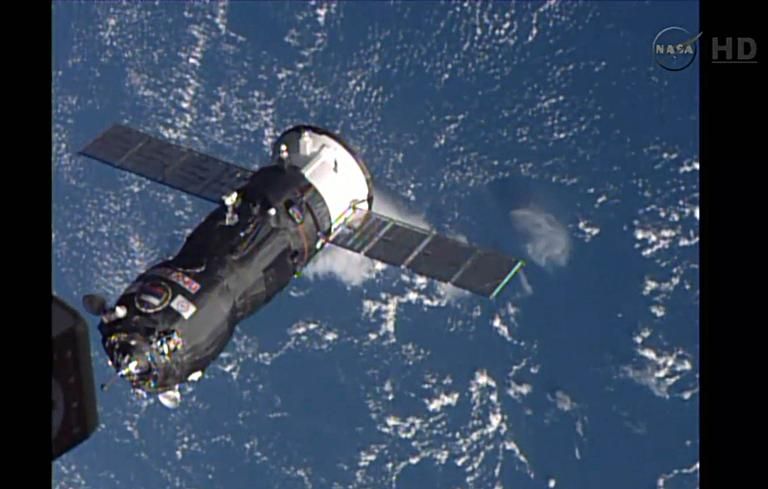International Space Station. — Photo: NASA / AFP
NASA has chosen 10 new astronaut candidates who are set to train for missions to the Moon and potentially for Mars. Their selection represents an assessment of both their talent and ambition. Are these individuals humanity’s next great leaps into space?
The new astronauts were introduced to the media following a competitive selection process of more than 8,000 applicants (drawn only from across the U.S.). The good news for those seeking a more reflective culture, there is a mix of men and women.
The students will now complete nearly two years of training before becoming eligible for flight assignments supporting future science and exploration missions to low Earth orbit, the Moon, and Mars.
Acting NASA Administrator Sean Duffy welcomed the astronaut candidate class at Johnson Space Centre in Houston: “I’m honoured to welcome the next generation of American explorers to our agency! More than 8,000 people applied – scientists, pilots, engineers, dreamers from every corner of this nation”
He adds: “The 10 men and women sitting here today embody the truth that in America, regardless of where you start, there is no limit to what a determined dreamer can achieve – even going to space. Together, we’ll unlock the Golden Age of exploration.”
For all humankind
The curriculum includes instruction and skills development for complex operations aboard the International Space Station, Artemis missions to the Moon, and beyond. More detailed training includes robotics, land and water survival, geology, foreign language, space medicine and physiology, and more, while also conducting simulated spacewalks and flying high-performance jets.
According to the National Careers Service (NCS), most astronauts will need a university degree in a science subject. Those subjects could include:
biology, chemistry or physics
engineering
medicine
aeronautics
mathematics
It is likely an astronaut will also need to have a follow up degree to their first one, known as a postgraduate degree.
After graduation, this 2025 class will join the agency’s active astronaut corps (taking the active total to a potential 24 persons). Current active astronauts are conducting science research aboard the space station while preparing for the transition to commercial space stations and the next great leaps in human exploration at the Moon and Mars.
Developing each candidate’s operational expertise, scientific knowledge, and technical backgrounds is considered to be essential to advancing NASA’s deep space exploration goals and sustaining a long-term human presence beyond low Earth orbit.
One of the candidate astronauts is Ben Bailey, 38, chief warrant officer 3, U.S. Army. Bailey was born and raised in Charlottesville, Virginia. He has a bachelor’s degree in mechanical engineering from the University of Virginia and is completing a master’s in systems engineering at the Naval Postgraduate School in Monterey, California. Bailey is a U.S. Naval Test Pilot School graduate with more than 2,000 flight hours in more than 30 different rotary and fixed-wing aircraft. At the time of his selection, Bailey was responsible for the developmental testing of emerging technologies aboard Army rotary wing aircraft, specializing in the UH-60 Black Hawk and CH-47F Chinook.
A second is Lauren Edgar, 40. She earned a bachelor’s degree in Earth sciences from Dartmouth College, and her master’s and doctorate in geology from the California Institute of Technology. Edgar has served as the deputy principal investigator for the Artemis III Geology Team. In this role, she helped define lunar science goals, geology activities NASA astronauts will conduct, and science operations for NASA’s return to the Moon. She also spent more than 17 years supporting Mars exploration rovers. She was working at the U.S. Geological Survey at the time of her selection.
Dipping a toe into history, with the addition of these 10 individuals, NASA now has recruited 370 astronaut candidates since selecting the original Mercury Seven in 1959.
